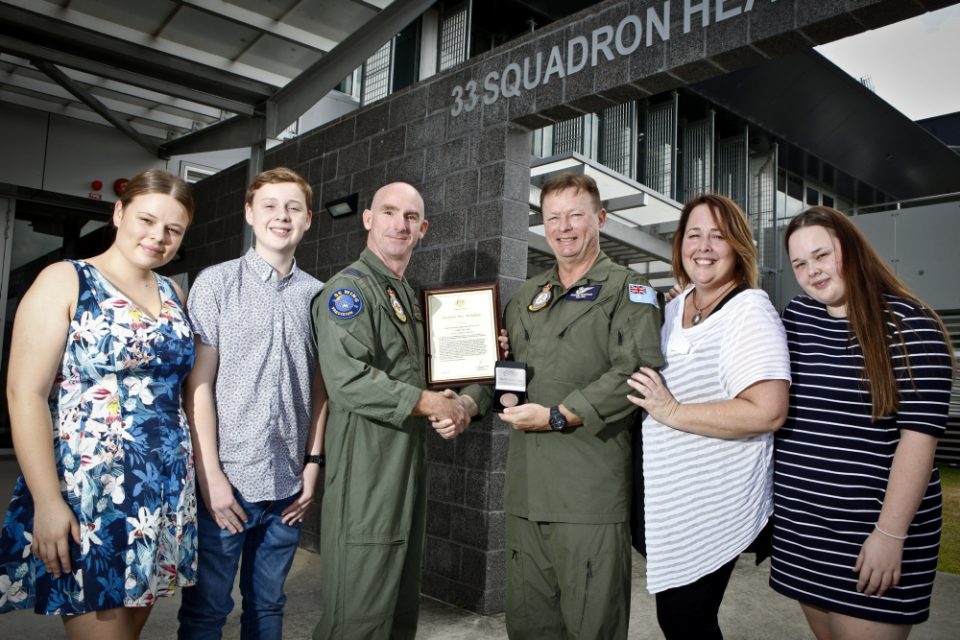The RAAF C-17
In this video credited to Aviation Photography Digest, a visit to Amberley Airbase and footage of their day at the airbase is highlighted.
Amberley Airbase is the home to the KC-30A or the Aussie A330MRTT, the C-17 and the King Air Aircraft.
We have visited Amberley several times over the past few years, and the dyad of the C-17 and the KC-30A has provided the RAF with a global sustainment capability which has allowed them to sustain a modest force at much greater range than the C-130 days.
In a discussion with the Wing Commander on August 3, 2016, the imapct of the dyad on the RAAF was highlighted.
Group Captain Williams has a broad background in the air lift community, including time with the Caribous and then on to C-17s as well as being part of the team which set up the Aussie version of the TACC, namely, the Air Mobility Control Center of the AMCC located at Richmond Air Base.
We started by discussing the impact of the C-17 and then the KC-30A on the RAAF.
Clearly, moving from a C-130 ranged force to one with global reach has had a significant impact on the RAAF as well as upon policy makers.
But it also changes the nature of the challenge facing the AMCC as well.
Namely, the staff needs to have a global reach including working with various allied links in a global operation as well.
As Group Captain Williams put it: “The ability to reach out and affect the world has changed significantly for Australia.
“The idea a decade ago that we could effectively lodge a force anywhere in Europe and operate at short notice was unimaginable.
“For example, in our response to the downing of Malaysian airlines Flight 17, the KC-30 and C-17 force, in terms of seat miles and ton miles, did more lifting in 15 days than Australia did in the Berlin Airlift and we were in the Berlin Airlift for a significant period of time….”
He then explained how the dyad works in terms of shaping RAAF operations.
“As a dyad, it’s an incredible enabler.
“For example, with regard to a ground force you can put the heavy equipment and heavy spares in the C-17, which specializes in outsized, overweight cargo.
“The KC-30, which can put most of the maintainers and ground combat force upstairs, most of their tooling downstairs and grab a couple of the jets on each wing. It gives you a much better way to hit the ground running.”
The dyad in other words provides flexible support to various ways to mix and match an insertion force.
And this kind of task force projection capability is central to the way the ADF is being transformed overall.
“There’s not many missions that we envisage for the land force that don’t involve them having organic mobility when they hit the ground, so definitely C-17’s a must for any trip Army will take on the KC-30.”
And the Group Captain described an example of how the dyad can support change with regard to the case of Australian Antarctic missions.
“The Australian Antarctic Division currently spend nearly a month in the scientific season leapfrogging helicopters towards the Pole to set up forward stores of fuel and food so that the over-land mission can get its way to the Pole to go and do the science.
“With a KC-30 and C-17 dyad, we could airdrop the science team’s support caches in one mission and provide them an extra month of time to do the science mission.
“That sort of enabler is the creative ways that these two aircraft can offer to government.”
Visiting Amberley Airbase, Australia: An Update from the 86th Wing Commander

